Recently, thanks to a tip from the friend of a friend we purchased some antique stereoscope views of Middlebury College and the Town of Middlebury in an online auction. (Shout out to the friend of Prof. Kevin Moss!)
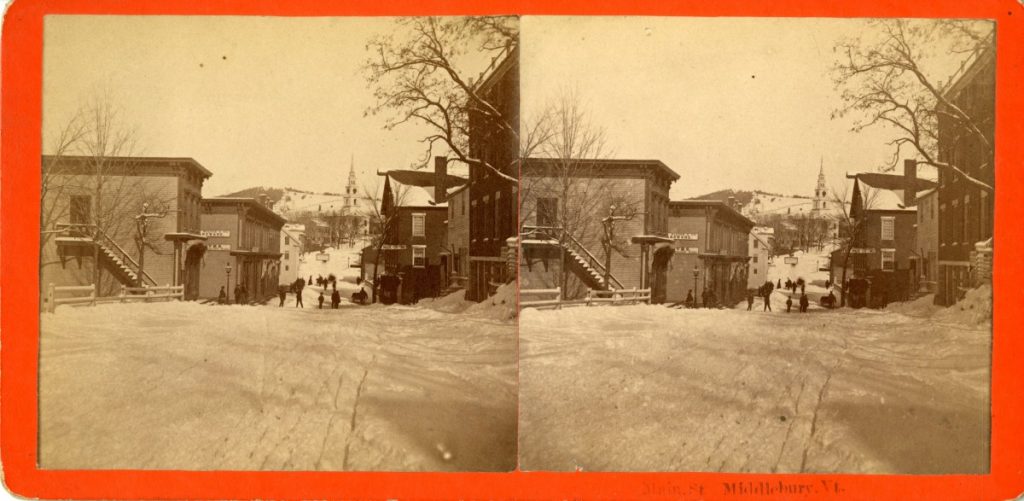
Notice the high meadows on Chipman Hill behind the church steeple.
Stereoscope cards hold two identical photographs, mounted side by side and slightly offset. When they’re viewed through a stereoscope viewer, a three dimensional image emerges.
A state of the art and thrilling parlor entertainment throughout the late nineteenth century, these rare images don’t need to be viewed in stereo to be appreciated online today.
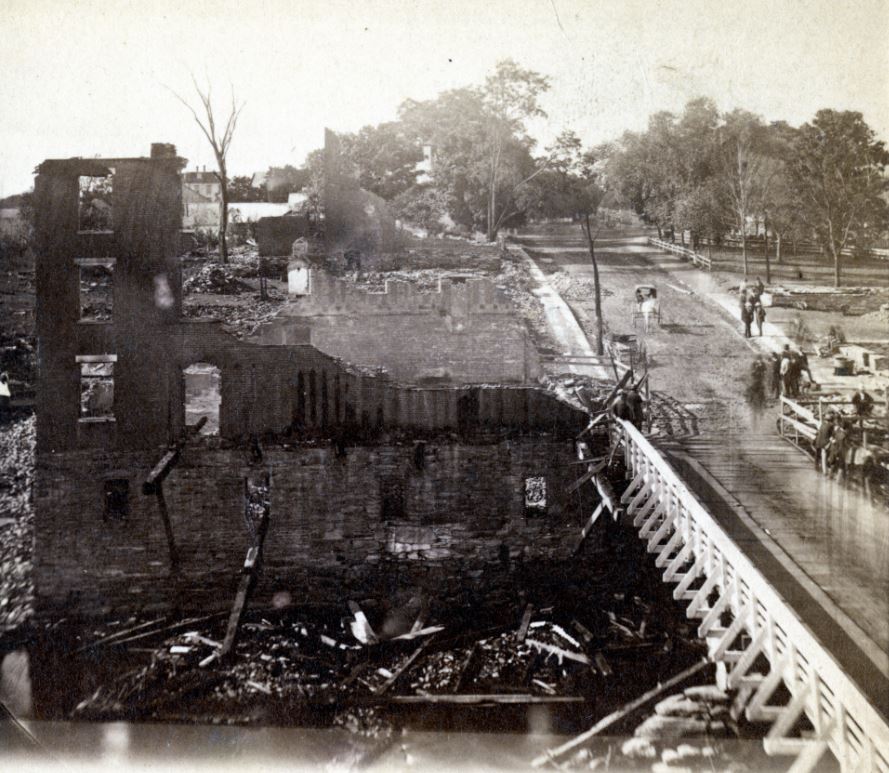



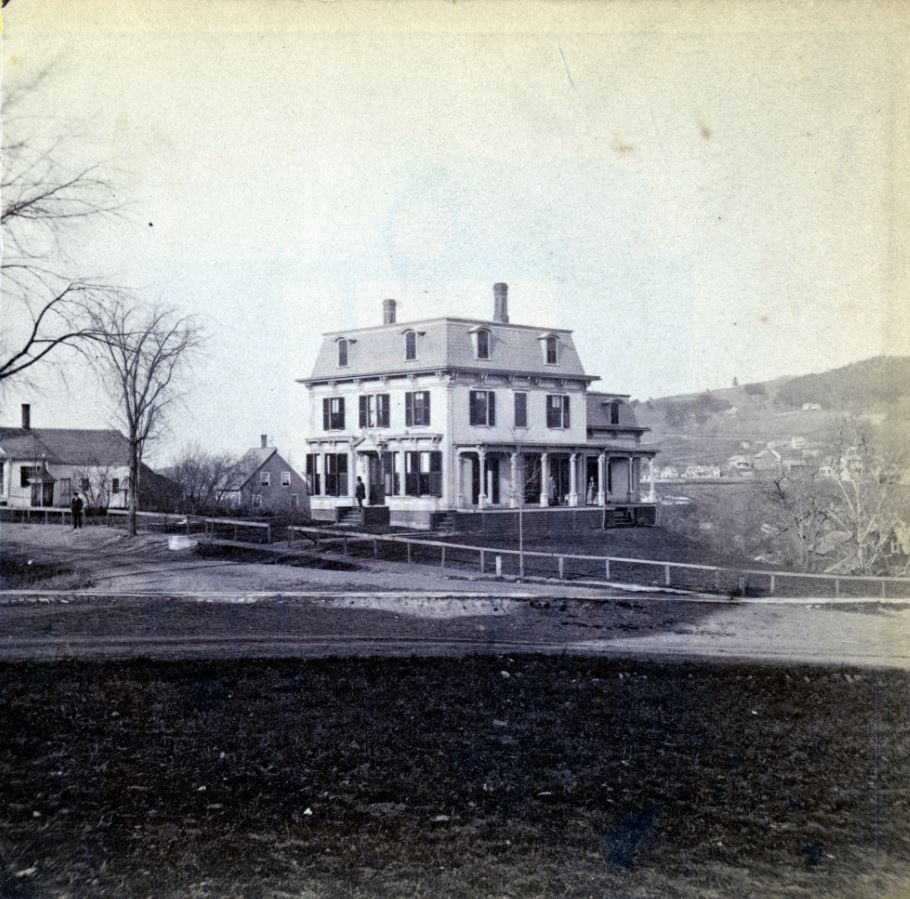

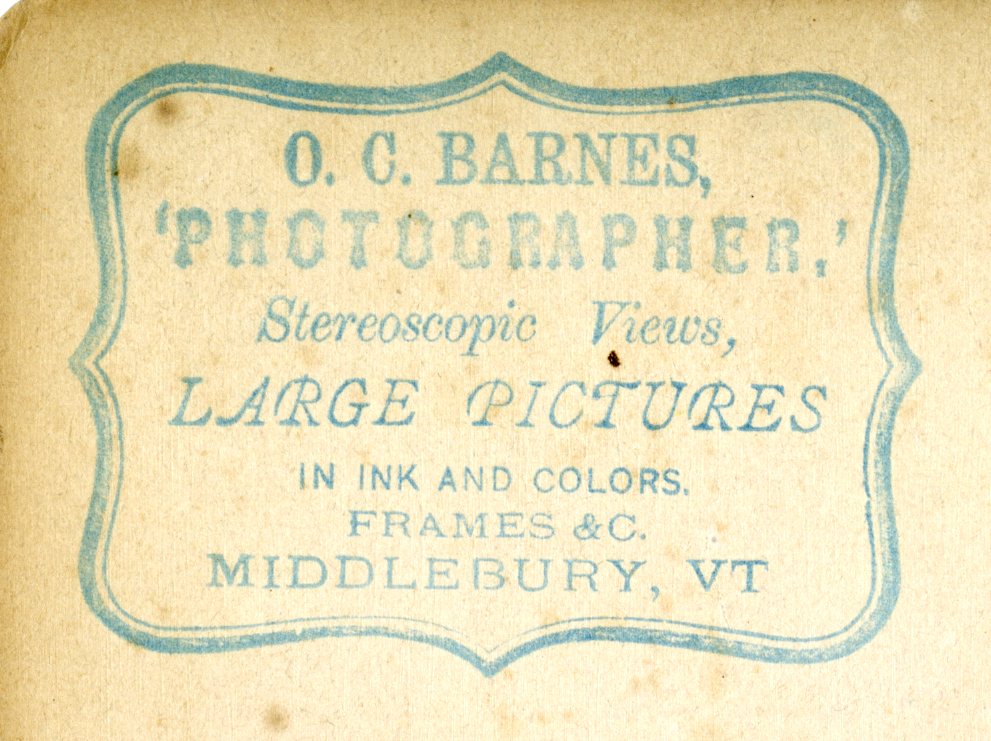




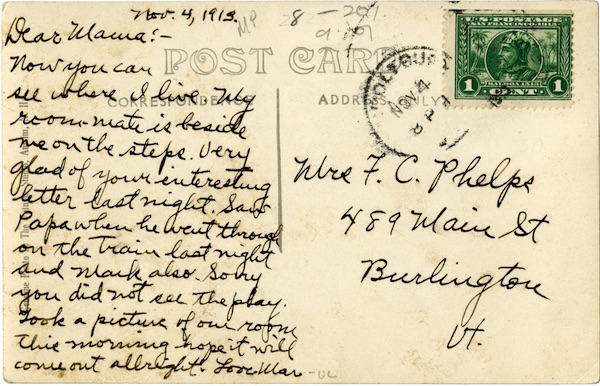

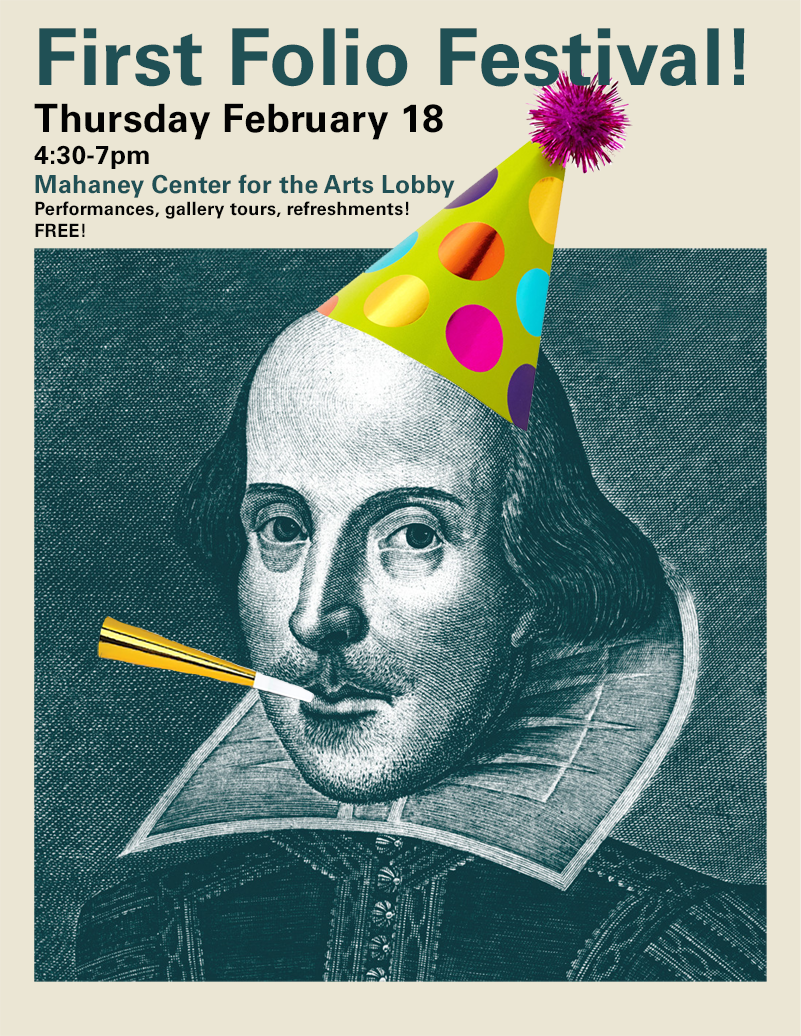


You must be logged in to post a comment.